Where would we be without our cameras?
c. 1827–now
Where would we be without our cameras?
c. 1827–now
"To collect photographs is to collect the world."
—Susan Sontag, On Photography (1977)
We're adding new content all the time!
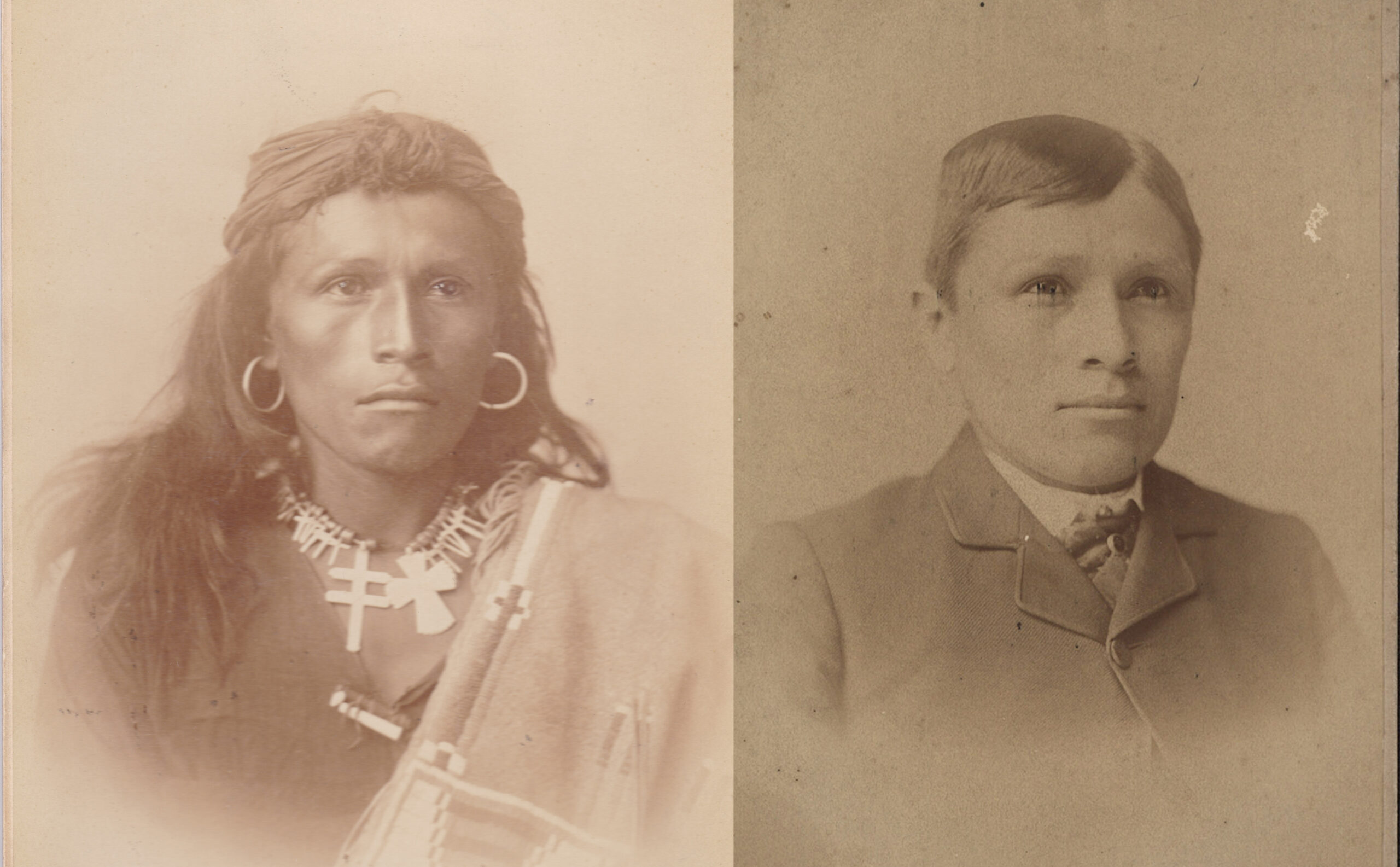
Indigenous students at the Carlisle Indian Industrial School were photographed "before and after" forced assimilation.
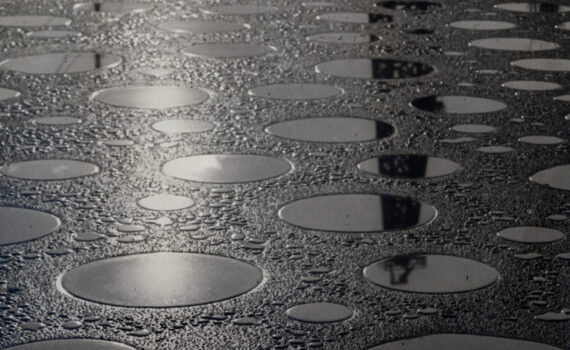
Using photography, Shigemi Uyeda captured the environment of Los Angeles and the growing popularity of oil production in the early 20th century.
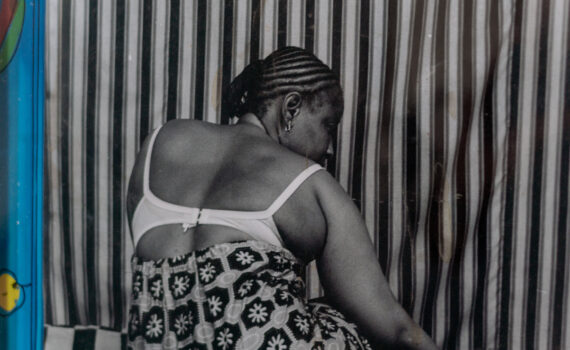
In Vues de dos, Malick Sidibé took his background in portrait photography to new compositions inspired by Mali and Western traditions in portraiture.
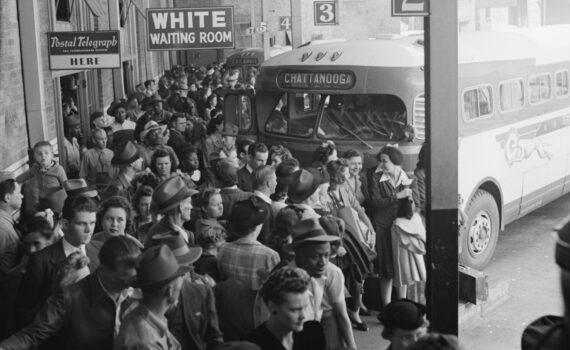
At the age of 22, American photographer Esther Bubley took a six-week unaccompanied Greyhound bus trip.
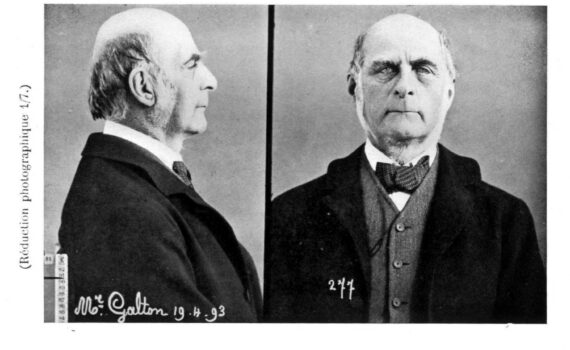
Portrait photographs were used by police in France, Great Britain, Germany, and the United States to help police and victims try to identify repeat offenders—but also point to implicit biases in policing.
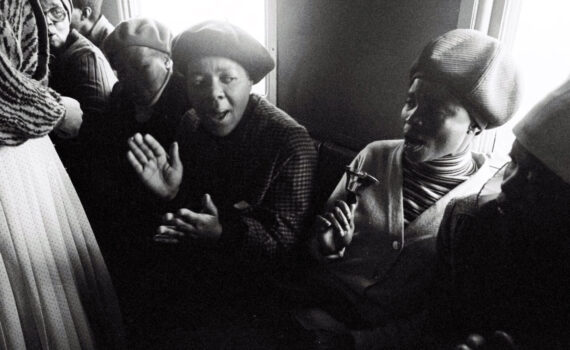
Santu Mofokeng's Train Churches shows people preaching, praying, healing, dancing, and making music while commuting on train cars in South Africa.
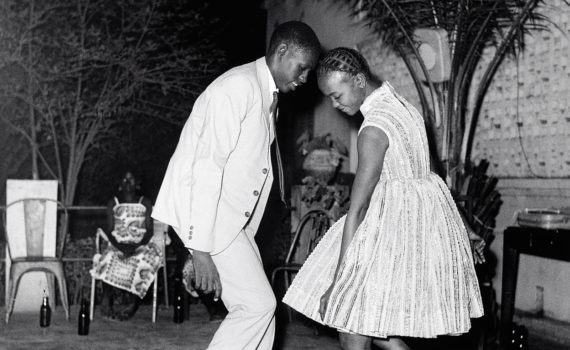
Fun and festive, Nuit de Noël (Happy Couple) is exemplary of Malick Sidibé’s best known body of work: photographs of young people at social gatherings and events during the 1960s and 1970s.
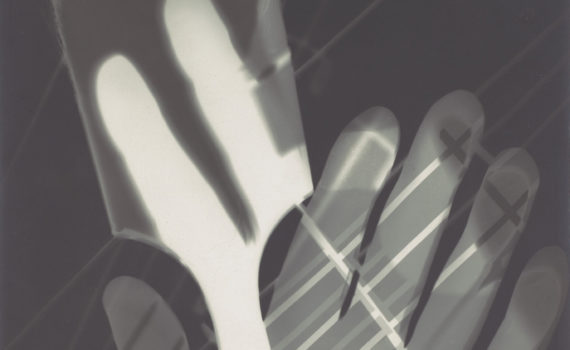
László Moholy-Nagy's Photogram forces the viewer to question what a photograph is.
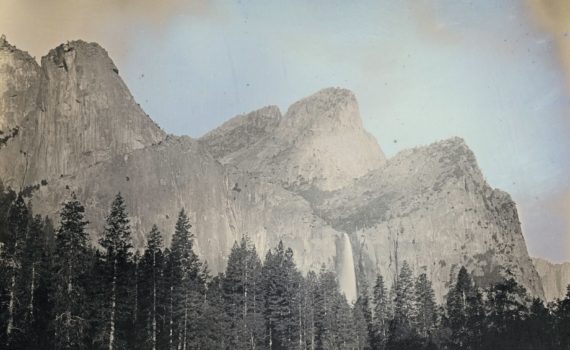
Can we ever really see and experience a site without comparing it to the photographs of that same scene?
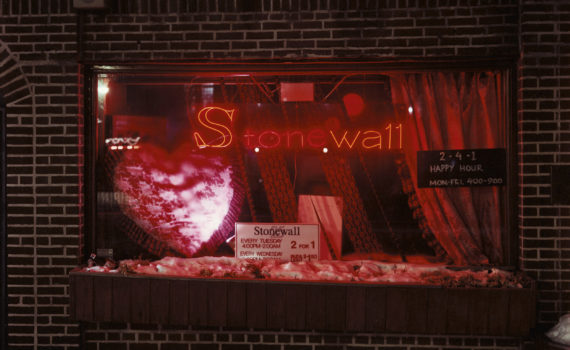
On This Site reminds us of the many tragedies that have marked American history and yet remain unmarked, on-site and in the present.
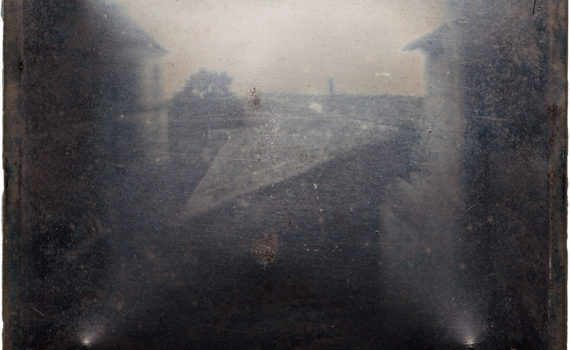
Niépce's heliograph is the earliest surviving camera-made photograph.
Select contributors